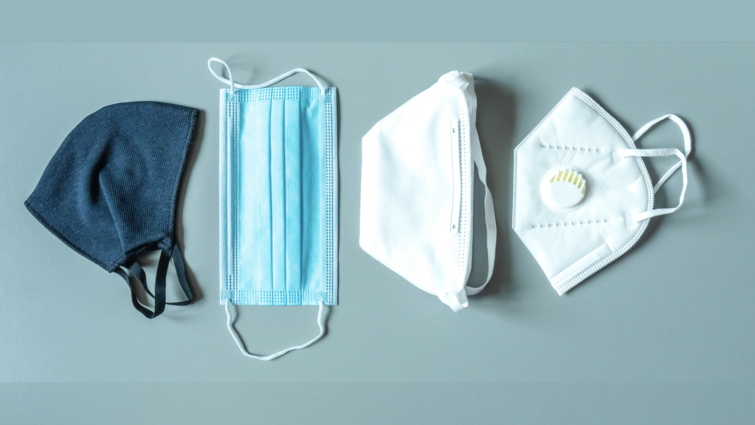How Effective Is the Mask You’re Wearing? You May Know Soon
A C.D.C. division is working with an industry standards group to develop filtration standards — and products that meet them will be able to carry labels saying so.
More than 100,000 varieties of face masks are currently for sale. They come in silk, cotton and synthetics; with filters and without; over-the-head and over-the-ears. They have sparkles and sunflowers; friendly greetings and insults; cartoon characters and teeny reindeer.
What they don’t have is a label that shows how well they block infectious particles, an omission that has frustrated public health officials during the coronavirus pandemic. Those experts note that there is a big range in the effectiveness of various designs, and some barely filter out particles at all.

How Effective Is the Mask You’re Wearing? You May Know Soon
“The most fundamental, basic question is, What is the safest mask and how do I assure that I have that, and my family members and children have that?” said Fran Phillips, who stepped down in August from her post as deputy health secretary of Maryland. “It’s so startling that we are here in this moment and we don’t have that information.”
That may change soon. A division of the Centers for Disease Control and Prevention is working to develop minimum filter efficiency standards, and labels showing which products meet them, for the vast and bewildering marketplace for masks and other face coverings.
The National Institute for Occupational Safety and Health, a division of the C.D.C. known as NIOSH, has been quietly writing guidelines with an industry-standard-setting organization, ASTM International (formerly the American Society for Testing and Materials), that are expected to be made public next month.
“By having a standard in place you will be able to know what level of protection is being achieved and you’ll have a consistent way of evaluating these products,” said Maryann D’Alessandro, director of the NIOSH National Personal Protective Technology Laboratory.







